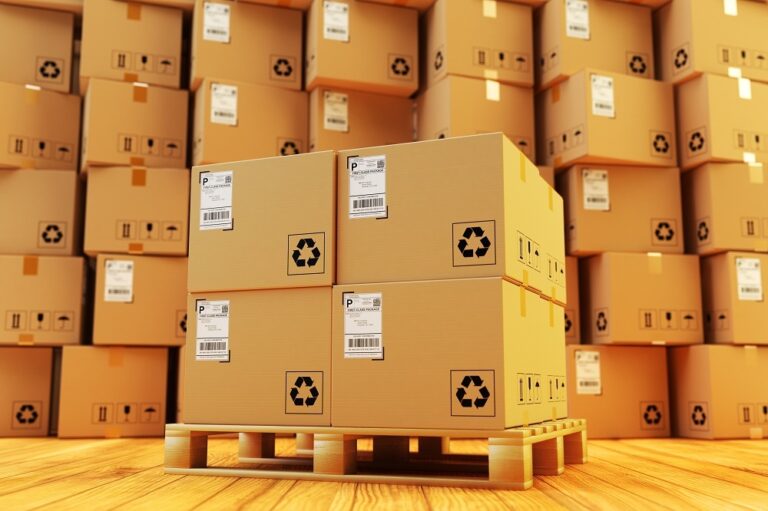
Industrial packaging is a vital part of the shipping process. It protects products during transit, and can be made from a variety of materials depending on the product’s needs. In this blog post, we will discuss the different types of industrial packaging and their uses. We will also provide some tips on how to choose the right type of industrial packaging for your product. Let’s get started!
What is transit packaging?
One of the most common types of industrial packaging is transit packaging. This type of packaging is typically used for products that will be shipped via truck, train, or airplane. Transit packaging can be made from a variety of materials, such as cardboard, plastic, or composite materials. It is designed to protect products from damage during transit and to minimize shipping costs by maximizing space usage within the vehicle.
What is protective packaging?
Another type of industrial packaging is protective packaging. As its name suggests, this type of packaging is used to protect fragile or sensitive products during transit. Protective packaging can include foam inserts or air pillows, which are inserted into boxes or bins to cushion and protect the product inside. Other popular protective packaging methods include shrink wrapping and stretch wrapping, both of which help to prevent the product from being damaged during transit.
What are some common materials used for industrial packaging?
Some common materials used for industrial packaging include cardboard, plastic, and composite materials. Other options may also be available depending on the specific needs of your product or shipment. When choosing industrial packaging materials, it is important to consider factors like cost, durability, weight, environmental impact, and shipping requirements.
How can I choose the right type of industrial packaging for my products?
When choosing industrial packaging for your products, it is important to carefully consider your individual needs and shipping requirements. Some key factors to consider include product size and weight, transportation methods (e.g., truck vs. airplane), expected transit time, required protective measures (e.g., cushioning), budget constraints, and environmental considerations such as recycling or disposal requirements. To get started, you may want to consult with a packaging professional or manufacturer, who can help determine the best industrial packaging solution for your products.
Are there any tips or best practices that manufacturers should keep in mind when using industrial packaging?
Yes, there are some tips and best practices that manufacturers should keep in mind when using industrial packaging. One important consideration is choosing packaging materials that durable and can effectively protect your products during transit. You should also work with a manufacturer or supplier who has expertise in industrial packaging design, to ensure that your products are packaged properly for your specific needs. Additionally, it is important to consider the environmental impact of industrial packaging materials, and look for options that can be easily recycled or disposed of responsibly. Finally, when working with a manufacturer or supplier, it is crucial to communicate clearly about your product’s requirements and shipping needs so that they can provide accurate recommendations and deliver high-quality industrial packaging solutions.
When choosing industrial packaging for your products, it is important to consider factors such as weight, size, and fragility. For example, if you are shipping a heavy or bulky product, you may want to opt for transit packaging made from durable materials like plastic or composite materials. On the other hand, if you are shipping a fragile or sensitive product, protective packaging may be the best choice in order to minimize the risk of damage during transit. With these tips in mind, you can choose the right industrial packaging for your needs and ensure that your products arrive safely at their destination!
For more information on industrial packaging, transit packaging and protective packaging, check out ITP Packaging.